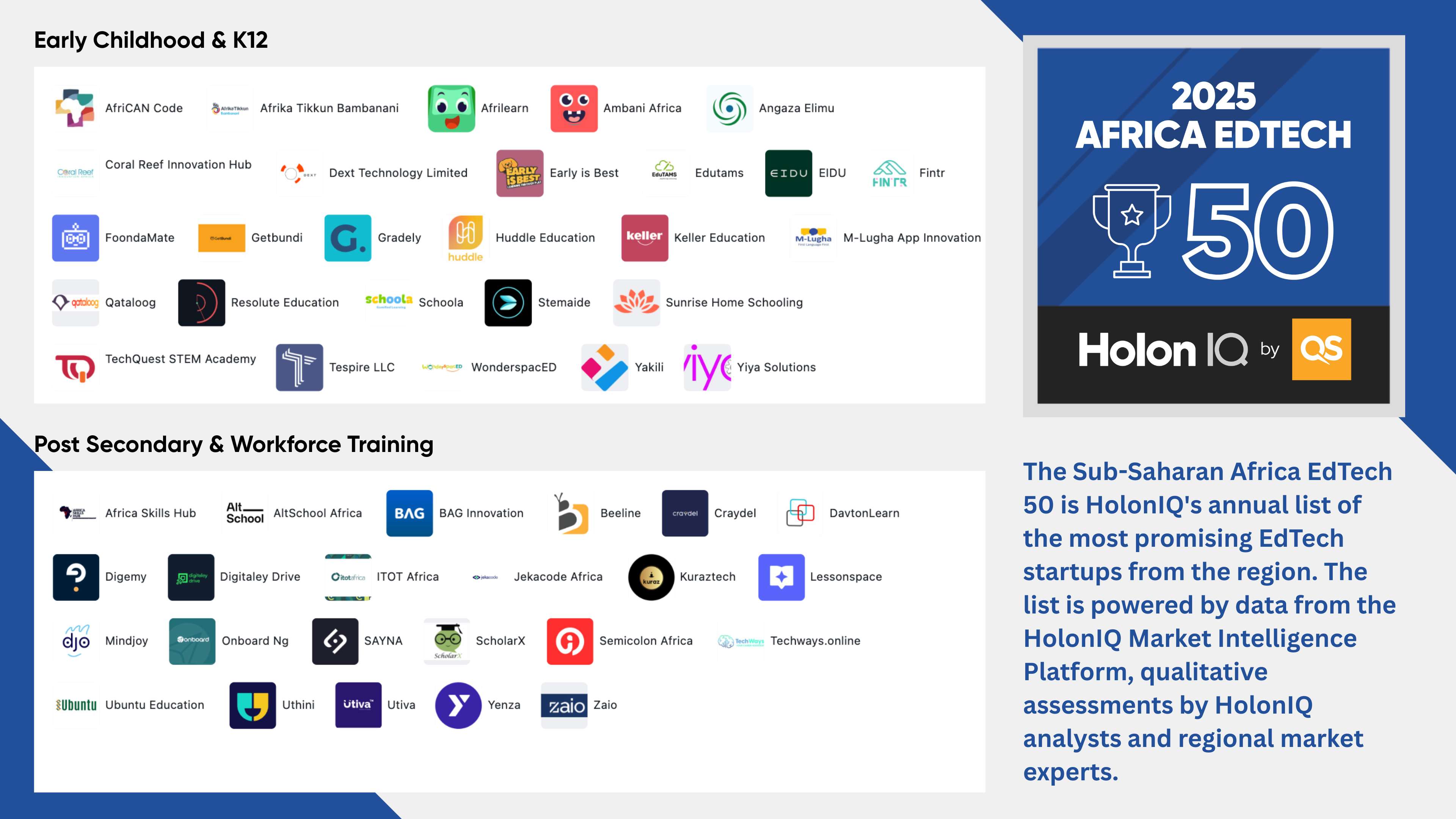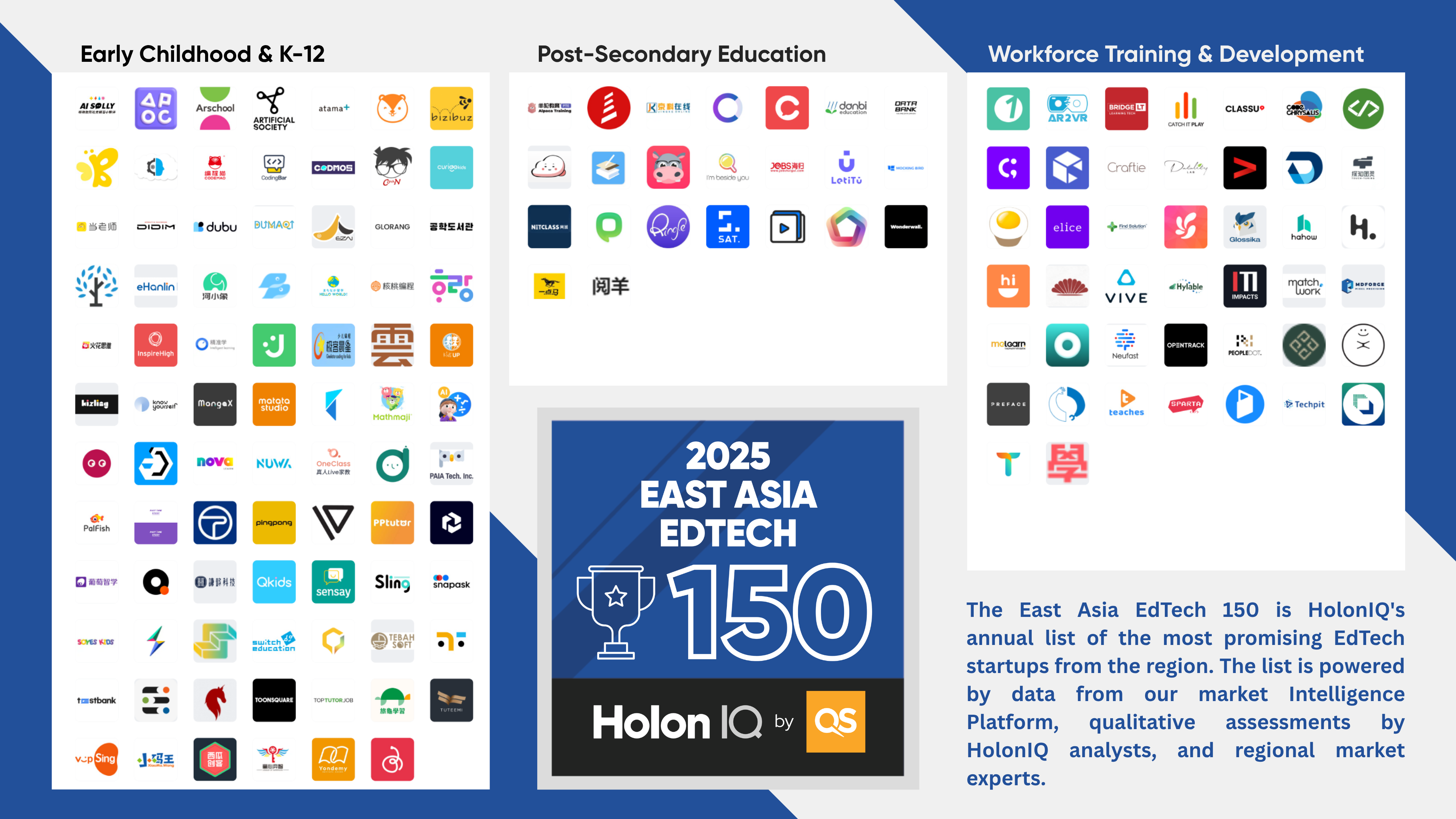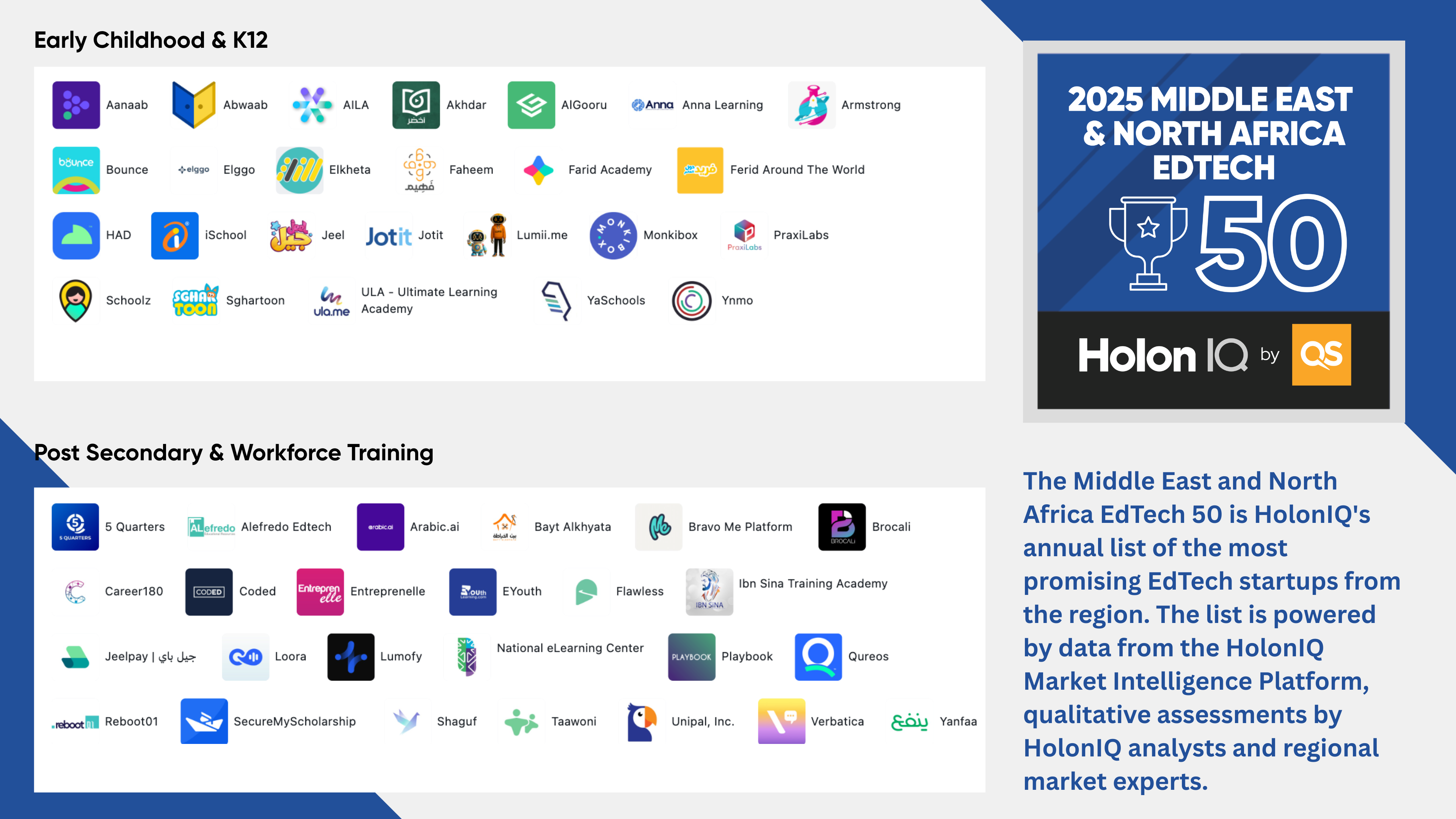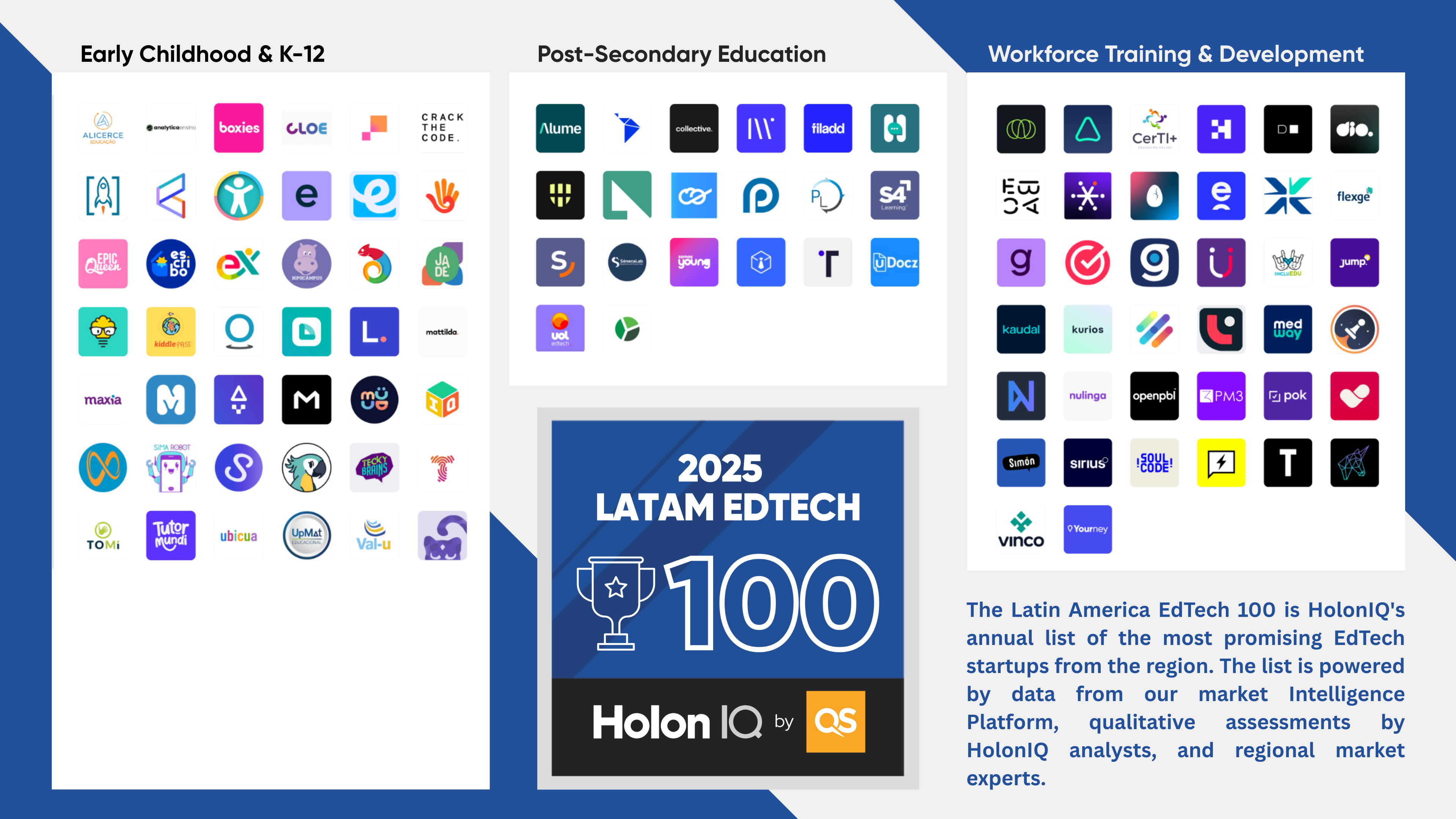By the late 1970s, more than 1 million students were travelling each year to study overseas. By 2019, that number was over 5 million, representing $196B USD of direct annual expenditure. As the world emerges from the pandemic, this incredibly resilient market is roaring back to life. We expect it to more than double total annual expenditure by 2030 at an arguably conservative 7.4% annual volume + price growth rate.
International education has been through it’s fair share of challenges and COVID-19 was without doubt the biggest disruption yet. From the H5N1 Bird Flu, 9/11, SARS-CoV and the Great Financial Crisis/Recession, International Education has powered through adversity after adversity to demonstrate impressive resilience and unrelenting demand from literally millions of vocational, undergraduate and postgraduate students around the world seeking to study outside their home country.
While those in the field of international education sweat the year on year movements of different source and destination markets, we’re zooming out to frame what appears to be a relatively rapid recovery of global student flows, a ‘bona fide’ wave of pent-up demand and, for the market as a whole, a promising outlook, albeit some markets are recovering faster than others.
The pandemic brought international education out into the public discourse from once being considered a niche phenomena to now being better understood by the general public as a critical component of Higher Education and skilled workforce supply, as well as a significant economic pillar for many of the worlds major economies. We’ve collectively under-estimated the significance of international education and one of the primary goals of this research was to quantify the global economic contribution of international education and project a range of future scenarios for how the market might grow through to 2030.
Building on our 2018 ‘Global Flows Project‘ and making use of our new market sizing and forecasting engine, along with 100+ expert interviews and two global surveys, we’re updating our outlook for international education as follows.

Short term demand is underwritten by a cohort of 10 to 20 million students around the world who have the desire and financial capacity to study overseas each year, but lack the academic and language readiness to be offered a place. Long term demand comes from the estimated 1 Billion additional post-secondary graduates we expect over the next 30 years. 75% are from Asia and Africa, many of whom will be seeking an English based degree or credential.
Pre-pandemic population forecasts by the Wittgenstein Centre, on a medium scenario outlook, suggest the world will see 1 billion post-secondary graduates over the next 30 years. The current decade alone was expected to deliver more than 250 million of those graduates, with each decade successively accelerating, Asia alone representing more than 200 million graduates in each of the following two decades.
While we do see Asia, Africa and Latin America investing heavily in regional capacity to meet this demand, and more importantly power their economies with skilled populations, we do expect the 50+ year trend of international education to power along, driven by students and their families seeking academic and language skills, work experience and acculturation from advanced economies and the credentials they offer.

Whilst 70% of Global Demand is in Asia + Africa, 52% of the Top 200 Universities & 55% of the Top 200-500 are US, UK, Canada or Australia. On the 'supply-side', Europe and North American Universities dominate the Top 200 where many millions of students around the world aspire to study. Europe boasts massive enrollment capacity at Top 1000 Universities, as does North America, with Asia building out top ranked institutions as a high priority.
On the ‘supply-side’, Europe and North American Universities dominate the Top 200 where many millions of students around the world aspire to study. Europe boasts massive enrollment capacity at Top 1000 Universities, as does North America, with Asia building out top ranked institutions as a high priority.













.png)







